I took a brief visit to Cardiff during the Easter Holidays of 2017 to see the Doctor Who Experience. While I was there, I made plans to meet up with friends studying in the city.
The Doctor Who Experience was located in the Cardiff Bay area, which was quite a substantial walking distance from the Cardiff University area. As I was short of time, I decided to spend some money and instead hop on the train from Cardiff Bay to Cathays station – the station serving the University.
First posted July 4 2017 as part of a longer post on Arriva Trains Wales to Crewe and Liverpool. Updated 6 February 2023.
Buying my tickets
I bought my tickets from the ticket machine at Cardiff Bay station. I no longer have the ticket with me, but a check on the Transport for Wales website in 2023 quotes £2.90 for an Anytime Day Single ticket for this same route.
2023 Update: I made this journey when Arriva Trains Wales were still operating the Wales and Borders franchise. ATW is no more, and have been replaced by Transport for Wales Rail (TrC Trenau), currently de facto a nationalised service under Transport for Wales (Trafnidiaeth Cymru), a not for profit company owned by the Welsh Government.
Departure experience at Cardiff Bay
Cardiff Bay is a small station serving the Cardiff Bay locality. The station is located on a single track alignment that connects to the mainline at Cardiff Queen Street and further north to Cathays and beyond. Despite this physical linkage, there is only a shuttle service running between Cardiff Bay and Queen Street every 12 minutes.
For timetables, ticket purchase, and more information, please visit Transport for Wales' website.
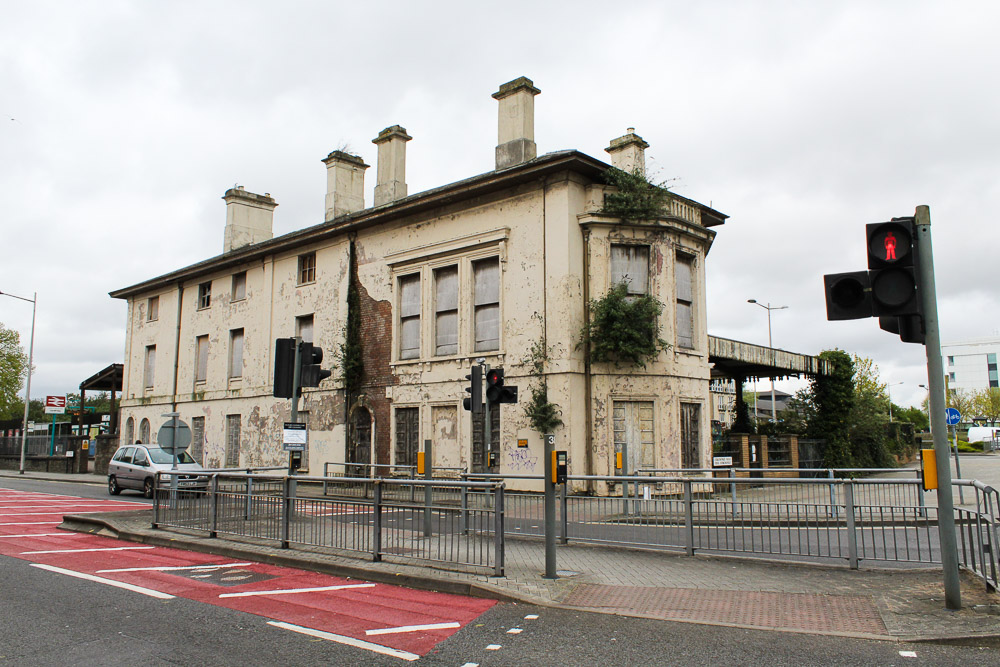
The historical station building was in a dilapidated state when I visited, but has since been refurbished. It looks much better now in the pictures I’ve seen.
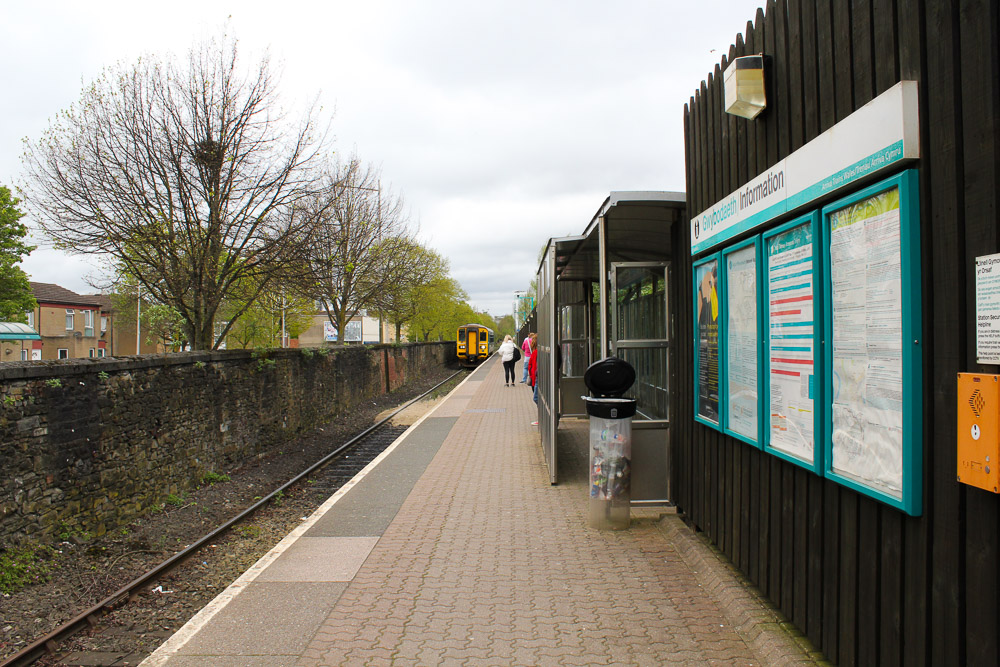
After about 5 minutes of waiting, a one-car British Rail Class 153 diesel multiple unit pulled into the station. The trains were wearing their then current ATW branding, but have since been repainted into the TfW colours.
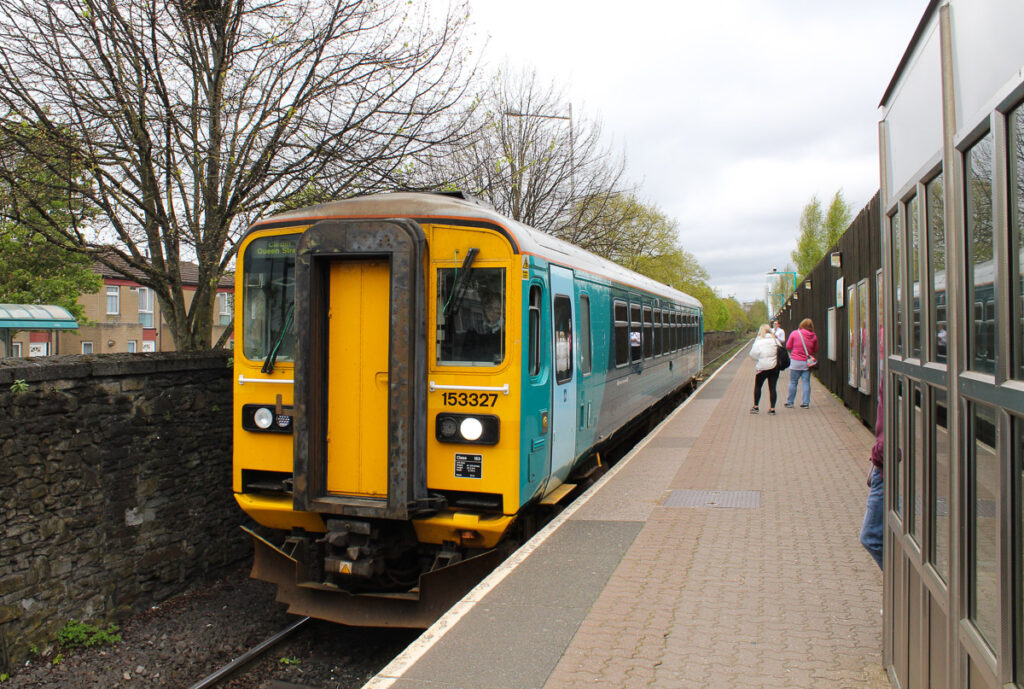
Cabin & Onboard Amenities
The cabin onboard the train was spartan and exactly what you’d expect for local services. The seating was in a 2-2 configuration, and had more than enough seats for all of us.
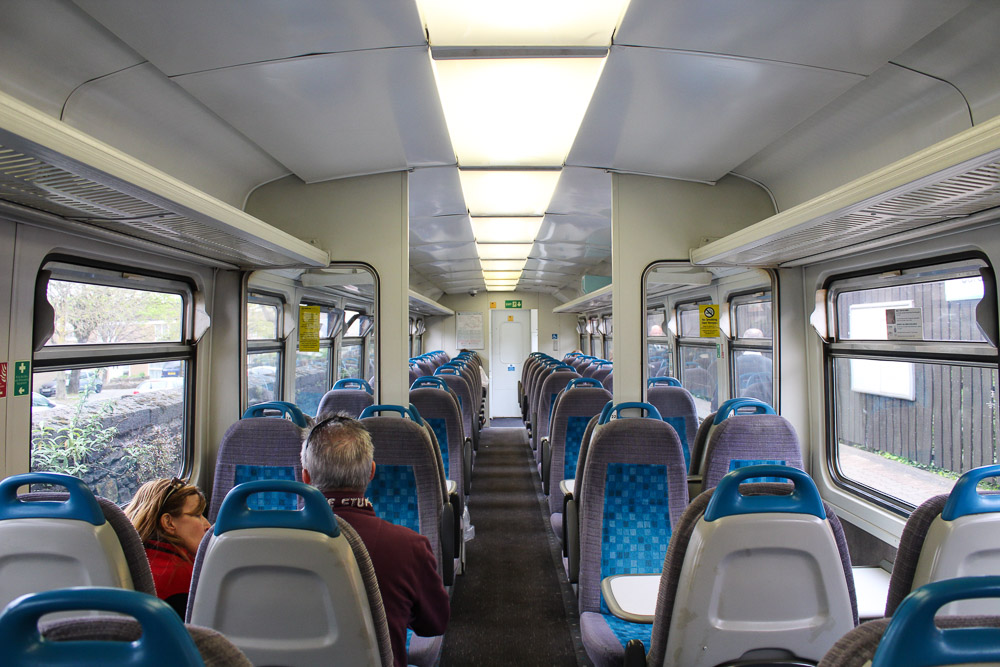
To be quite honest, it was very well furnished for such a short sector. There were also no toilets which would have been overkill for this 1-stop ride anyway.
Interchange at Cardiff Queen Street
The ride to Queen Street took 3 minutes, and as the doors opened I had to do a run to change platforms. This involved me rushing down and up the stairs with my luggage.
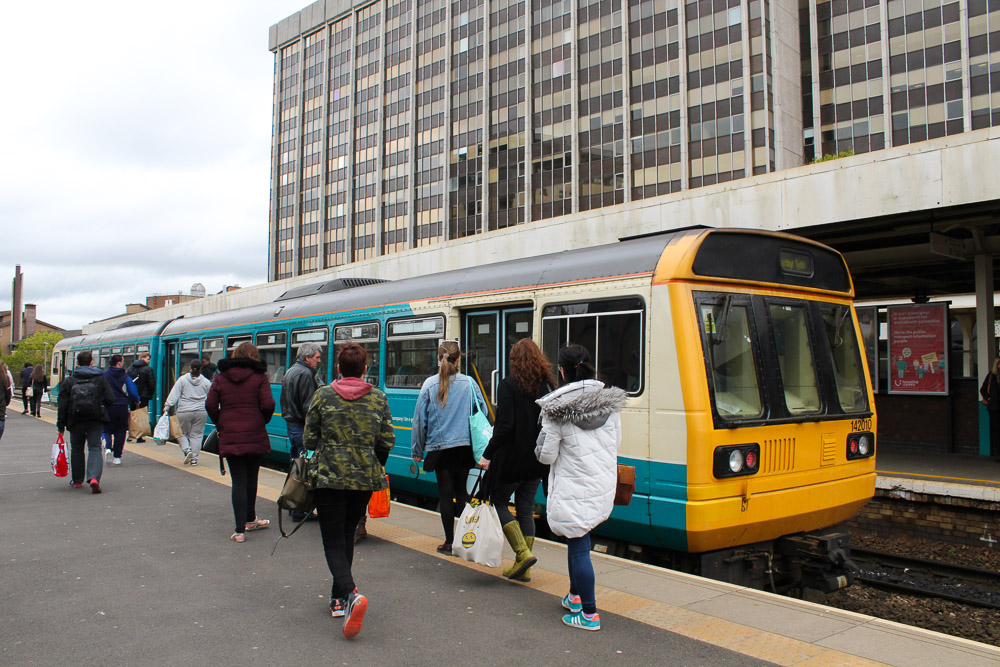
My train to Cathays pulled in on time and gave me a rather pleasant surprise – Turns out the segment was operated by a British Rail Class 142 diesel multiple unit, part of the infamous Pacer railbus family. I’d heard so much about these trains and wanted to see if they were actually as bad as I’d heard.
Class 142 Pacer ride to Cathays
So was the Pacer as bad as they say? The answer is yes, yes they were.
To understand the Pacer, you must understand why they were built. The Pacers were intended as a stopgap measure to deal with the shortage of workable train sets in the 1980s. To save costs, a Leyland National bus body was essentially attached to a freight wagon underframe with four wheels and two axles.
If you're reading this from Malaysia, try imagining an old Metrobus running as a train service. Do you feel a growing horror? Precisely.
The resulting product was an extremely unpleasant ride. The use of a freight wagon underframe and its basic wheel-axle configuration meant that there was no articulation – causing loud squealing noises around curves, and the more basic suspension gave passengers a very bumpy ride. Its short length also meant that services were frequently overcrowded, especially in southern Wales.
All of these were part of the experience on local lines in southern Wales, northern England, and in southwestern England, but curiously enough they were never seen in and around more affluent London and southeastern England.
Despite being a “stopgap measure”, the Pacers lasted 37 years in service, keeping local train lines alive but also subjecting its passengers to a depressing ride experience. All Pacers in Britain were finally retired in mid-2021.
The biggest hint of the Pacer’s rudimentary design was that the doors were manually operated by the conductor. When approaching a station he would open a panel above the doors, pop in a key and push the buttons to open the doors. This was then done in reverse to close them when we departed. The Pacer’s acceleration was also very slow, not great if you’re spending lots of time on them for longer journeys.
The train was unfortunately very packed, and I was squeezed in enough that I couldn’t conceivably take any pictures of the interior.
Arrival at Cathays
A short and unpleasant ride later, I stepped out onto the platform at Cathays in one piece. I put the whole Pacer experience in the back of my head as I headed to lunch with the friends.
Final thoughts
It was a very nice look at the local services in Cardiff. Since my trip, TfW has announced the South Wales Metro plan involving, among other things, upgrading the line between Cardiff Bay, Queen Street, and Cathays. The line between Cardiff Central and Cathays is also presently undergoing upgrading work for the project, meaning the Queen Street – Cathays segment is currently operated by a rail replacement bus.
Compared to a Pacer, that is certainly an improvement.
